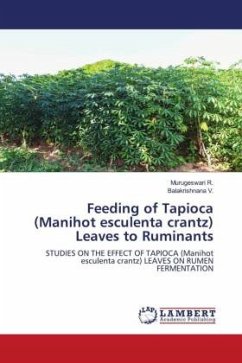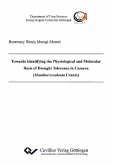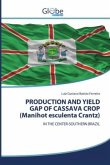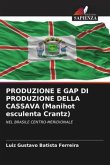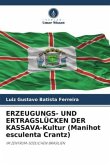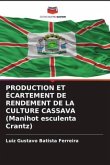Tapioca leaves have a high crude protein content varying from 16.7 to 39.3% in dry matter (DM). A factor limiting its utilization as a feedstuff of ruminants is the high content of cyanogenic glucosides, which give rise to the cyanide (HCN) toxin.Preserving the tapioca leaves either as hay or as silage did not affect chemical composition but reduce the HCN content.The rumen fermentation characteristics were studied to examine the effect of processing of tapioca leaves. The results of rumen fermentation characteristics, as affected by processed/unprocessed tapioca leaves suggest that processing of tapioca leaves) as hay or silage is desirable over unprocessed tapioca leaves. Therefore for year round supply of tapioca leaves and for reducing the antinutritional factor (HCN), processing either as hay or silage is recommended for feeding rumianants.
Bitte wählen Sie Ihr Anliegen aus.
Rechnungen
Retourenschein anfordern
Bestellstatus
Storno

